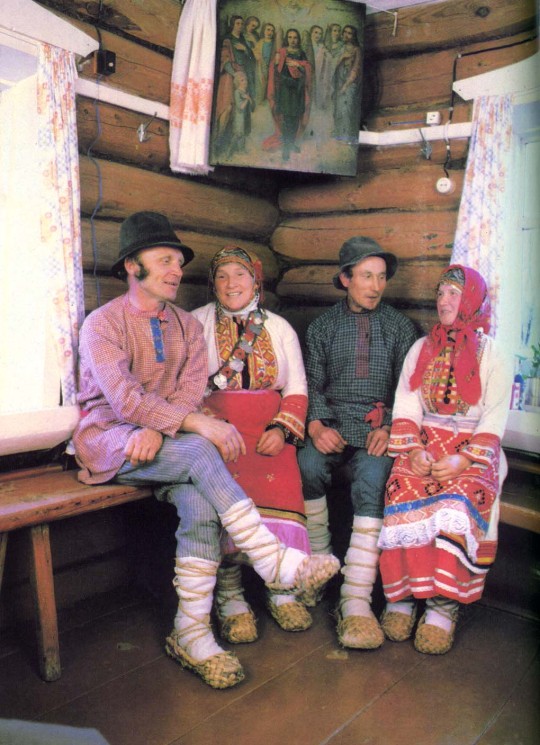Text

Rowing club in Dorpat, modern-day Tartu, Estonia
Russian vintage postcard, mailed in 1914 to Paris, France
7 notes
·
View notes
Text
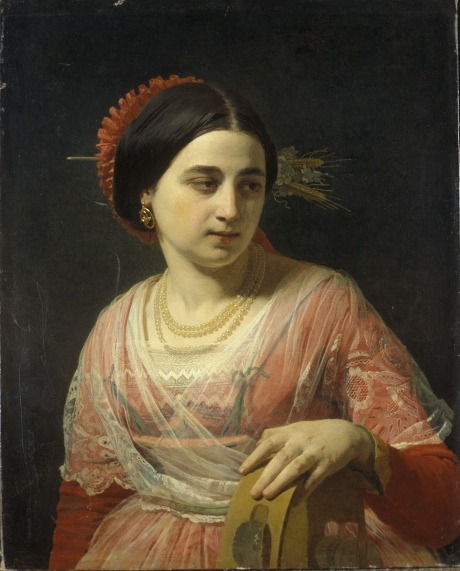
Johann Köler (Estonian, 1826-1899)
Rooma naine
38 notes
·
View notes
Text

Little girl in a festive costume. Mari
Mari ASSR of RSFSR, Novotoryalsky district, 1982, from Russian Ethnografic Museum
Photography by Ye. N. Kotova & A. Yu. Zadneprovskaya
0 notes
Text
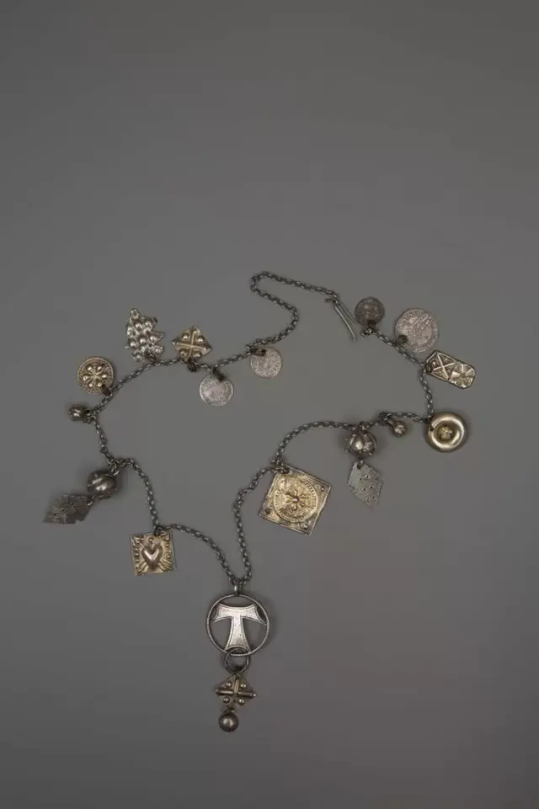
Neck decoration. Estonians
Governorate of Livonia (rus. Лифляндская губерния, est. Liivimaa kubermang), XIX century, from Russian Ethnografic Museum
0 notes
Text

Russian and Mordovian girls in holiday attire,Russia (1900s)
28 notes
·
View notes
Text
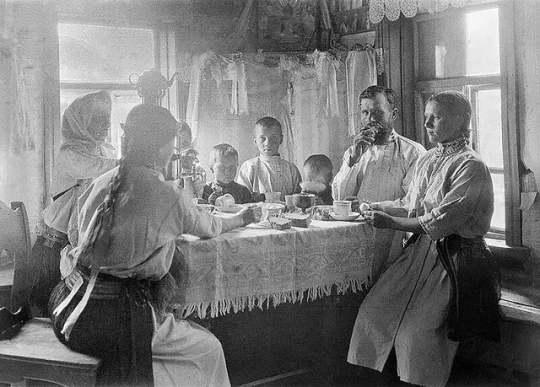
Erzya family,Samara governorate (1914)
30 notes
·
View notes
Photo

Moksha necklace - Penzen, Krasnoslobodsk, end of 19th c.
Moksha chest pin - Penzen, Norovchatsk, end of 19th c.
Moksha female headwer - Tambov, Temnikov, end of 19th c.
102 notes
·
View notes
Text
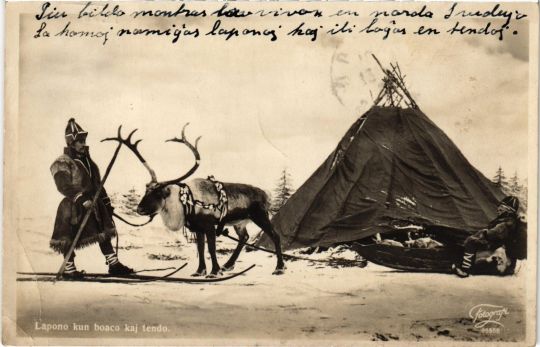
Sami people in northern Sweden
Swedish vintage postcard, mailed to Drancy, France
10 notes
·
View notes
Photo

Sámi family gathered in front of Lavvus somewhere along the Kanstadfjord near Lødingen, Nordland (Norway), ca. 1896.
648 notes
·
View notes
Text
Sielulintu - Soul Bird
Sielulintu ‘Soul Bird’ is a very important part of Uralic folklore and mythology. Birds in general have been seen as signs, sometimes about death, sometimes something else. Sielulintu however, is a different kind of bird than our typical birds; it carries a soul on it’s breast or sometimes, it is a soul in bird form. This kind of folklore about this bird is found all over in Finno-Ugric and Uralic tradition.

In Finnish tradition, when the soul of a human leaves the mortal body, it takes the form of a bird. This soul was the Ruumissielu ‘Body Soul’, which left the body after death. These birds are called soul birds, whom travel north, to the Alinen ‘a place under’. It was believed that Alinen was a place somewhere in the north and that the dead lived there. The wandering of the soul birds was seen as a light ring in the sky, the Milky Way (in Finnish Linnunrata ‘way of the bird’).
Sielulintu is also the name of Sugri ry’s web newspaper. Sugri is the student organization of students who study Finno-Ugric languages at University of Turku, in Finland.

159 notes
·
View notes
Text
Laments in Finno-Ugric tradition
Laments are known in many cultures. In Finno-Ugric folklore, most well known are Karelian laments. In general there were four types of laments: death, marriage, army/war and mundane laments. These “songs” were usually improvised, performed straight from performer to recipient. Laments required a powerful emotional charge from the performer, because it involved powerful sobbing and moaning accompanying the words and melody. Sometimes the laments may have had a more fixed melody and words, resembling an ordinary song. In that case the lament was about a sorrow that had been around for decades. The wording is free in laments, but the melody is structured, though it can be stylized.
The Finnic people are not the only ones who have practised laments in Finno-Ugric people. Laments have been found from Komi, Mordvin, Kolttasami, Hungarians, Khanty and Mansi. For Komi and Mordvin, this has been a surprising fact, because the Russian language and cultural influence has been strong on them.
Komi lament is called бöрдöдчанкыв (bördödcankyv) ‘crying word, song’. There are death and marriage laments. In traditional Komi weddings, there were no ordinary songs at all, only laments were used. They were performed with sobbing and were prolonged.
In Mordvin tradition there are many wedding laments. Most of these laments are performed by the bride. In weddings, the laments often began by an elderly woman starting them, urging the bride to continue. Mandatory laments for the bride were performed when the bride
served porridge at her home
circled around her home village with her friends
had her hair braided
changed into wife’s outfit
got her parents’ blessing
conveyed the parents’ blessing to groom’s father
bid farewell to her parents’ home
arrived to groom’s home
gives gifts to her new family
bids farewell to guests
The bride had to perform laments when marriage was discussed, during the proposal and a few days before wedding in dusk and dawn. The laments performed in dusk were meant for dead relatives. They were performed at a well, so the forefathers could hear her better. Before the wedding the bride went to a sauna, which also required laments. The ones performed in sauna were about the bride losing her freedom when the groom’s family arrives, calling the groom’s family Tatars who rob her from her father’s home. The groom and his family were treated like enemies (Tatars were old enemies with Mordvin), woman robbers, so they were given the name of an old enemy. During the wedding there were also mocking songs performed by the guests.
In Mordvin tradition there are also laments about recruiting for army or war. Because the serving time in the army was so long (about 25 years), it was likely that the mother would never see their sons again. These types of laments were sung by women, and they were sung not only when the man left for the army but also while they were there. This kind of tradition was common also in Karelia.
Another type of laments was death laments. It was a vital part of the funerals and preparing the deceased for the kingdom come. Women were supposed to lament for their dead relatives from time to time. These laments were about the lamenter’s attitude towards the death. The performer would describe their sorrow, the experience, the deceased and their life and future. With their own sorrow they described the deceased person’s relative’s experiences and the good deeds done by the deceased. They may have asked the deceased to deliver their regards to other dead relatives in kingdom come. According to a belief, one should lament the deceased a lot, for the angel of the deceased walks with a cup in their hand, gathering the tears of the relatives. The more tears were collected, the more sins were forgiven done by the deceased. It was also believed that lamenting was a language the dead could understand, and it was important to speak with them, so they could rest easy and pass on in peace.
In Hungarian tradition there is a traditional song type sirató. It is improvised, between free speech and singing. There is no clear tempo count or rhythm. They are performed from a moment’s inspiration and can have traditional forms and motives, such as farewell, describing the deceased and sending a message to those who have passed away earlier in death laments.
There are also marriage and recruiting laments in Hungarian tradition. Laments are always part of a communal happening, a ritual. Children practise laments by performing them for their ducklings or dolls. Laments performed without audience were rare. The death laments were performed by the closest woman relatives from the moment the deceased was set on a board to putting the deceased in grave. Women were lamenting when the deceased was brought to graveyard and the ritual reached its climax when the coffin was put in the grave. The women leaned on the gravestone, performing laments until the audience left.
There weren’t mundane laments outside of rituals in Hungarian tradition. Instead there was a tradition called keserves. It is about the destiny of the audience and the person performing the keserves. It is very archaic and lyrical. Every person had their own melody and lyrics, that only they themselves could sing and others would recognize them by. These songs could be performed in one’s funeral, but only the melody. It is very clearly a relative of laments, but it is not a lament itself. It has also some similarities with nordic destiny songs.
Thank you for your interest!
267 notes
·
View notes
Photo

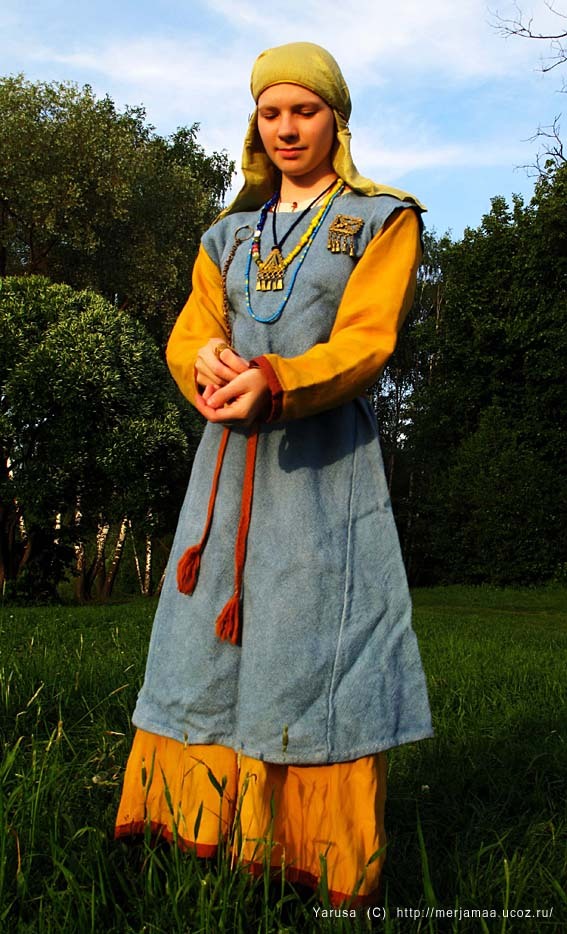
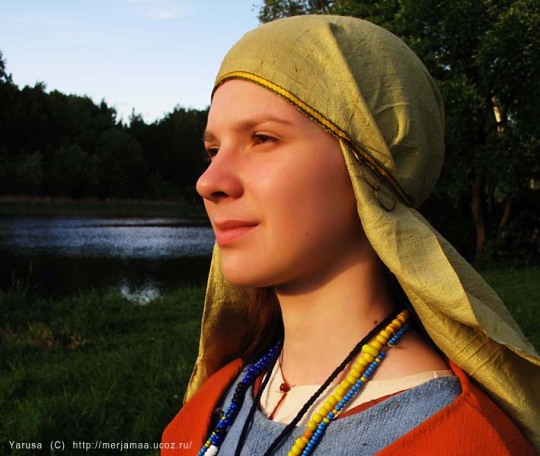

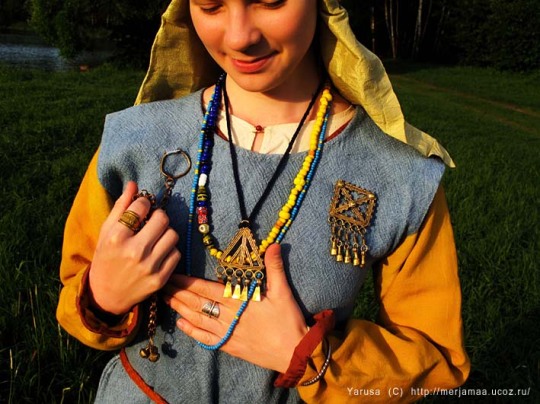
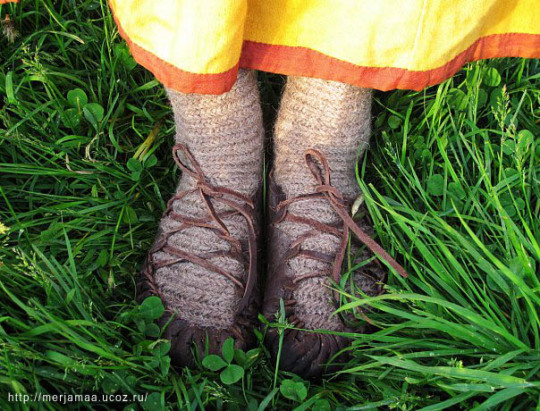
Reconstruction of Merya costume 9-11 centuries.
6 notes
·
View notes
Photo
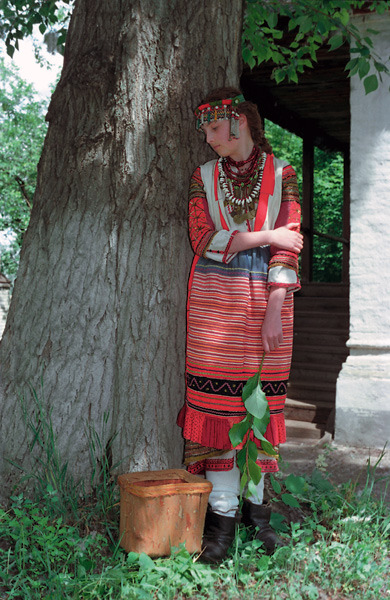
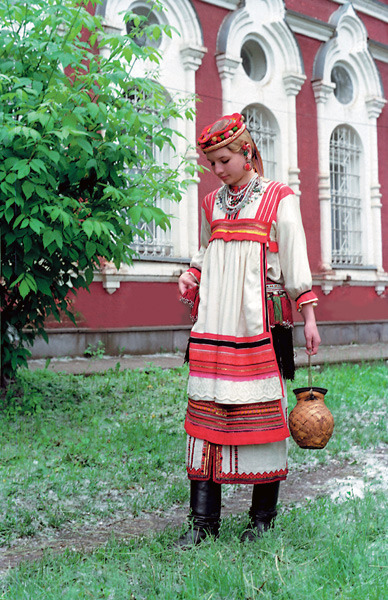
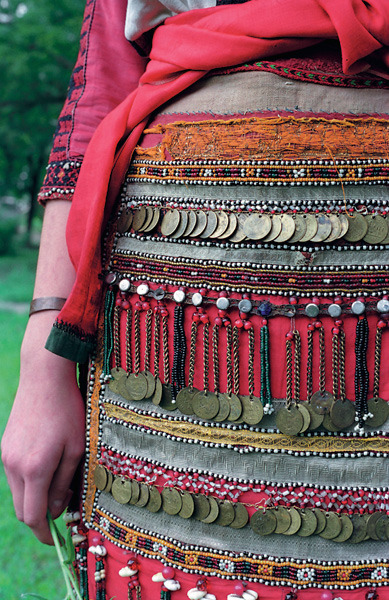
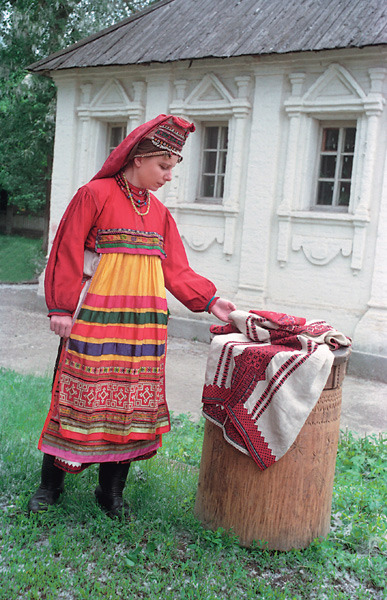
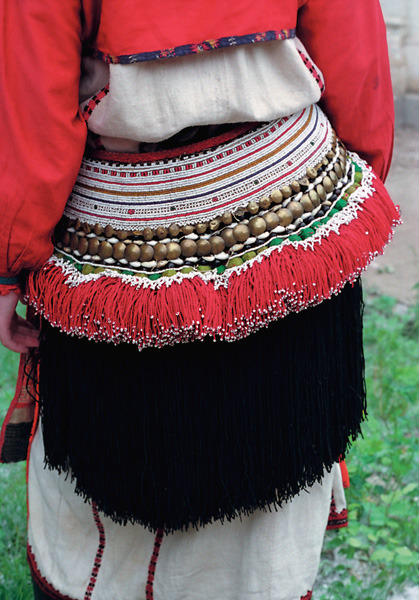
Erzya costumes
13 notes
·
View notes
Photo
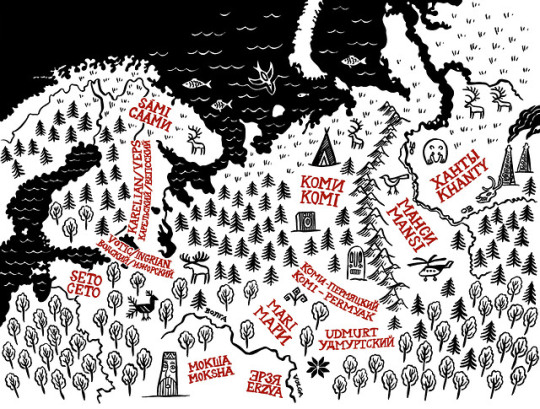
Finno-Ugric minority languages.
604 notes
·
View notes
Text
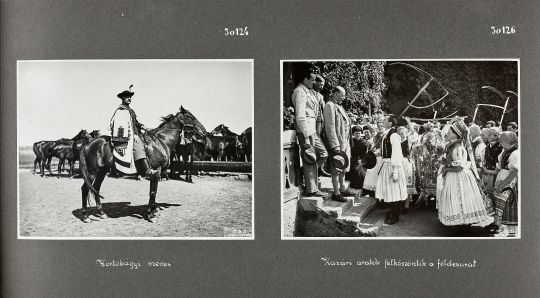
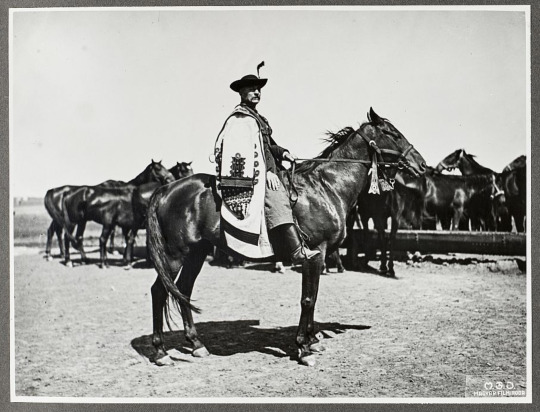
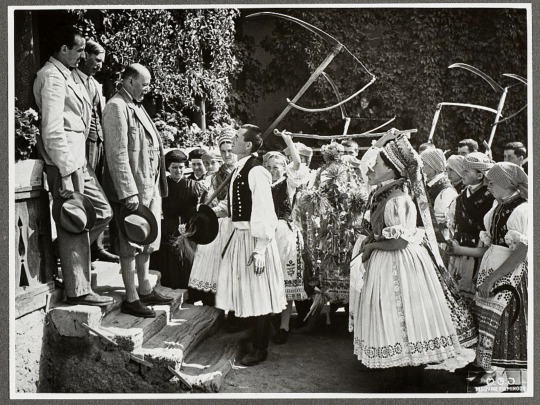
A page from a photo album compiled by Magyar Film Iroda, interwar period
Néprajzi Múzeum, NM EA SZK 179
26 notes
·
View notes
Text
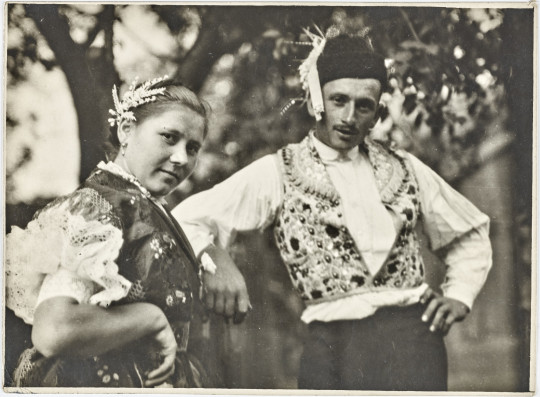
István Kerny (Hungarian, 1879–1963)
A man and woman in national costume, Kapuvár, Hungary, 1920s
Néprajzi Múzeum
25 notes
·
View notes
